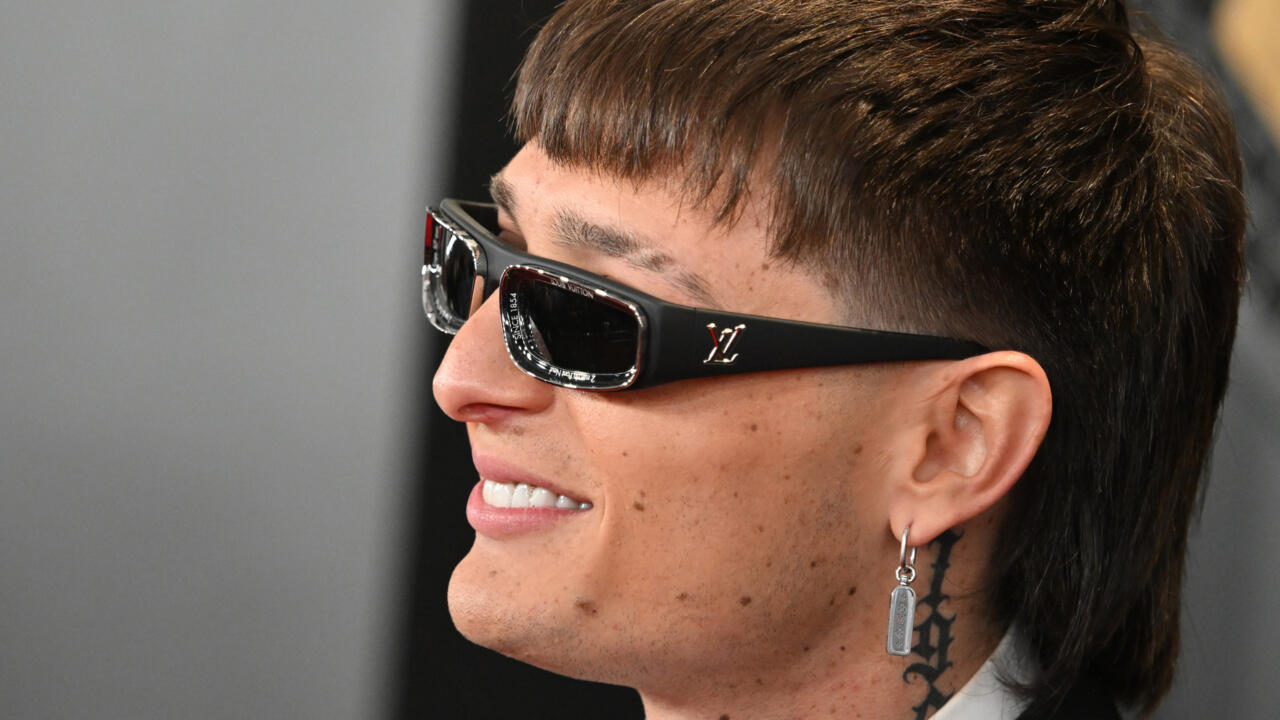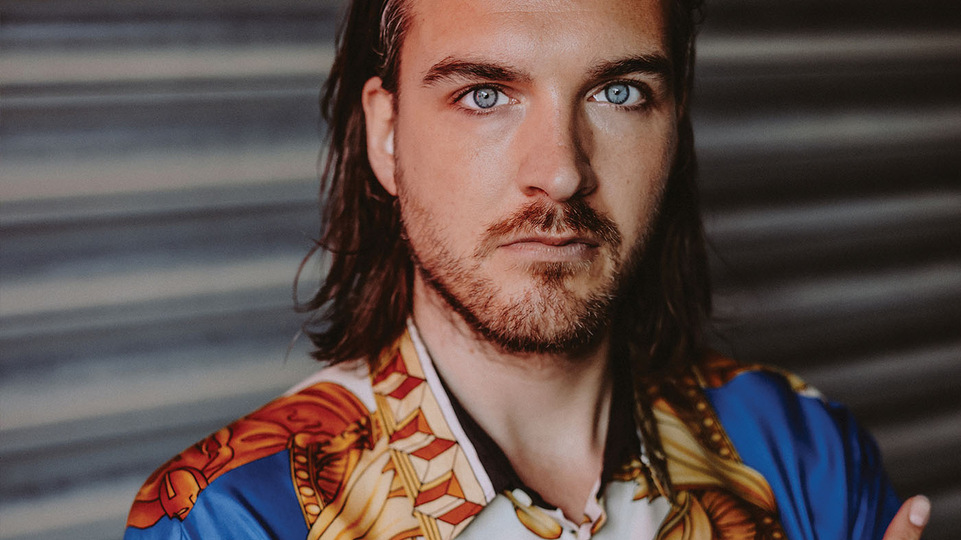Music is an ever-changing terrain, constantly shaped by cultural shifts, technological advancements, and audience preferences. As trends evolve, new genres emerge, while others fade into nostalgia. The global accessibility of music through streaming platforms like Spotify and Apple Music has allowed niche genres to gain mainstream recognition faster than ever.
In recent years, we’ve seen the rise of Afrobeat, hyperpop, and reggaeton dominating global charts. But what’s next? Which new genres are set to take the industry by storm? Below, we explore four music styles expected to break through and define the sound of the coming years.
1. Phonk: The Underground Sound Rising to Mainstream Fame
Originally rooted in 1990s Memphis rap, phonk has evolved into a fresh genre blending nostalgic hip-hop beats with distorted bass and eerie samples. Modern phonk has gained traction through platforms like TikTok, where its dark, bass-heavy instrumentals resonate with younger audiences.
Producers from Russia and Brazil are leading the charge, infusing electronic elements that make the genre more club-friendly. Songs like “Murder in My Mind” by Kordhell have already seen viral success, proving phonk’s potential to cross into mainstream hip-hop and electronic music.
As artists experiment with more polished production and collaborations, phonk’s raw energy and infectious beats are likely to propel it onto global charts, making it one of the most anticipated breakout genres in the coming years.
2. Latin Trap and Regional Mexican Fusion
Latin music has already cemented itself as a global powerhouse, but the next wave is a fusion of Latin trap with regional Mexican sounds. Artists like Peso Pluma and Natanael Cano have been blending corridos tumbados with urban beats, creating a fresh hybrid genre that resonates with younger listeners.
This fusion combines the storytelling depth of traditional Mexican ballads with the hard-hitting beats of trap, making it a dynamic genre ready for mainstream success. Streaming platforms have shown an increased demand for Latin music, with Spotify curating dedicated playlists that highlight these emerging sounds.
With the global rise of Bad Bunny and the enduring appeal of regional music, this hybrid style is poised to dominate not only Latin American charts but also break into English-speaking markets with collaborations and crossovers.

3. Rave Revival: The Return of Hard-Hitting Dance Music
The resurgence of high-energy dance music, particularly inspired by 1990s and early 2000s rave culture, is making waves across festivals and social media. Genres like hard techno, gabber, and Eurodance-inspired tracks are experiencing a massive revival, driven by Gen Z’s love for fast-paced, euphoric beats.
DJs like Charlotte de Witte and Reinier Zonneveld are spearheading the movement, bringing back pulsating BPMs, distorted kicks, and hypnotic synths to clubs and festivals worldwide. At the same time, mainstream pop artists are incorporating rave elements into their music, as seen in recent hits by artists like Fred again.. and Peggy Gou.
With a growing demand for high-energy music at live events and an increased focus on nostalgic electronic sounds, the rave revival is set to become one of the biggest trends in the music industry.

4. AI-Generated and Virtual Artist Music
Artificial intelligence is transforming the way music is created, and AI-generated music is beginning to make a significant impact. Virtual artists like FN Meka and Hatsune Miku have already demonstrated how technology can blur the lines between human and digital creativity. As AI tools become more advanced, more producers and labels are experimenting with AI-assisted compositions.
Genres influenced by AI range from hyperrealistic pop songs to experimental electronic music. The ability to instantly generate melodies, lyrics, and even entire compositions means that AI-generated music could soon become a staple in mainstream playlists. Streaming platforms and social media algorithms will likely amplify AI-created music, giving rise to a new era of digital artists.
As ethical concerns and copyright issues are addressed, AI-powered music is expected to become a dominant force in shaping the future sound of the charts.


